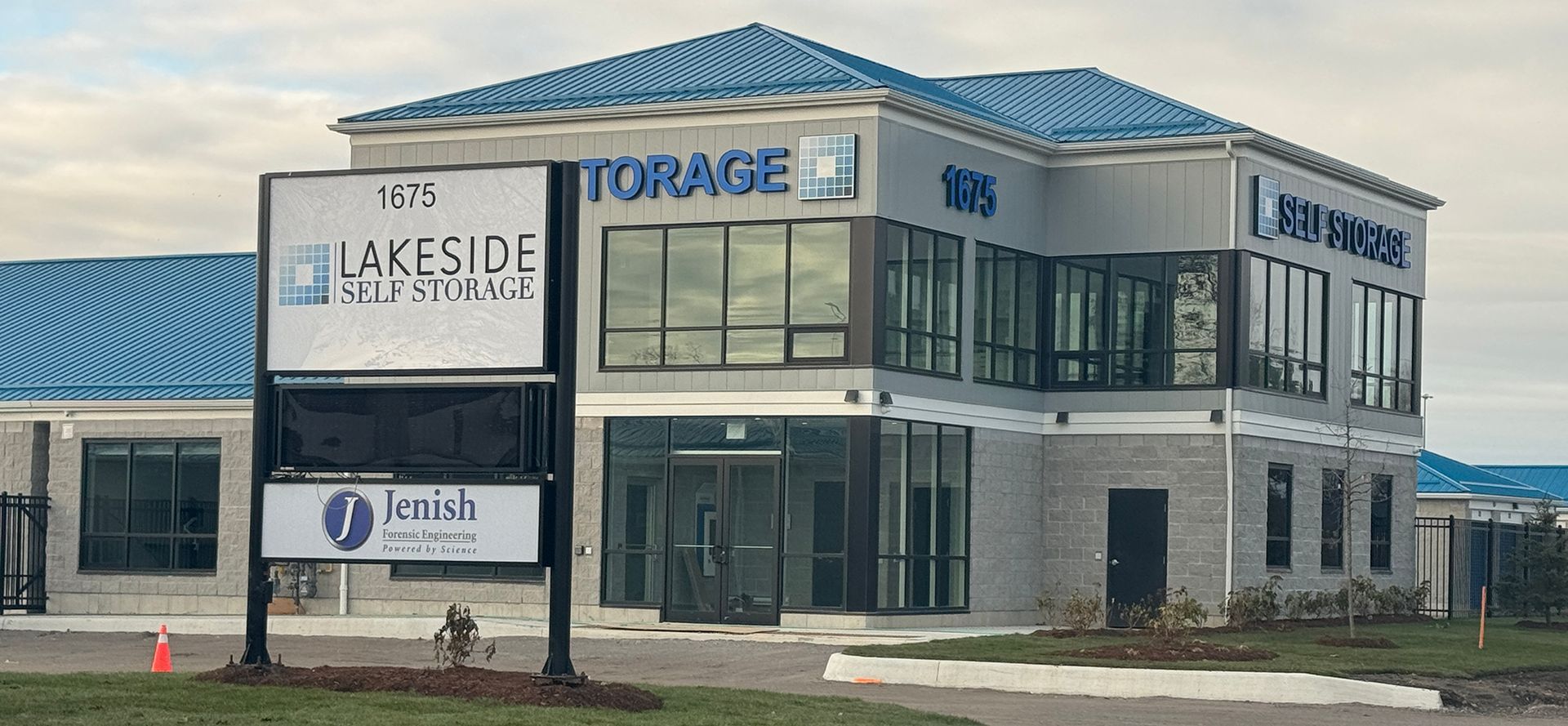Collision Investigation
Collision Reconstruction
A collision reconstruction based on the physical evidence will provide answers to complex technical questions as to how the collision occurred and identify the contributing factors. Combining a thorough investigation with proven engineering techniques allows us to clarify issues that remain in the aftermath of a collision. For courtroom or arbitration purpose, we provide expert witness evidence, which can include demonstrative exhibits such as computer simulations, video reconstructions, and technical illustrations.

Seatbelt usage assessments
Vehicle speed assessments
Collision avoidance analysis
Motorcycle, bicycle, and pedestrian collisions
Commercial vehicle collisions
Vehicle mechanical inspections
Crash Simulations
Crash simulations allow us to analyse different collision scenarios, based upon the available physical evidence, to assess the vehicle speeds and driver actions leading up to a collision. We can also import the electronic data downloaded from the collision vehicle to define that vehicle’s approach path and speed leading up to the collision. Physical evidence such as the roadway geometry, vehicle paths, and the vehicle damage patterns can be used to create a computer model of the collision. Animated 3D Views of the simulation cans be used to analyse driver site lines, or the view of the collision observed from the perspective of a key witness.
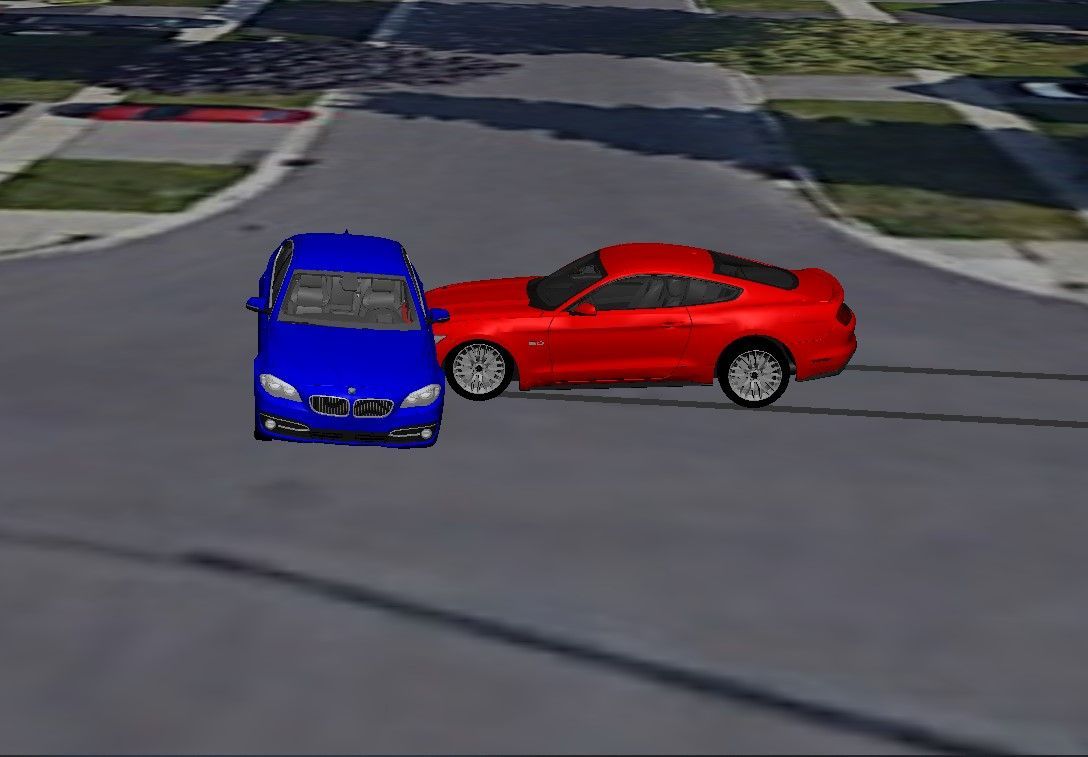
Vehicle speed and trajectory analysis
Full 3D simulations
Import 3D road geometry and satellite imagery
3D scans of vehicles and roadway
Trailer and commercial vehicle simulations
Motorcycle, bicycle and pedestrian simulations
3D Scanning
3D scans of damaged vehicles and collision scenes enable us to preserve evidence in greater detail to supplement manual measurements and photographs. The 3D scans can provide a 3D picture of the vehicle or collision site and allow us to make measurements within the 3D scan. With a 3D scan of a collision site, the effect of visibility obstructions and the available sight lines can be carefully analysed. 3D vehicle scans can allow for very precise matchup of the vehicle damage patterns.
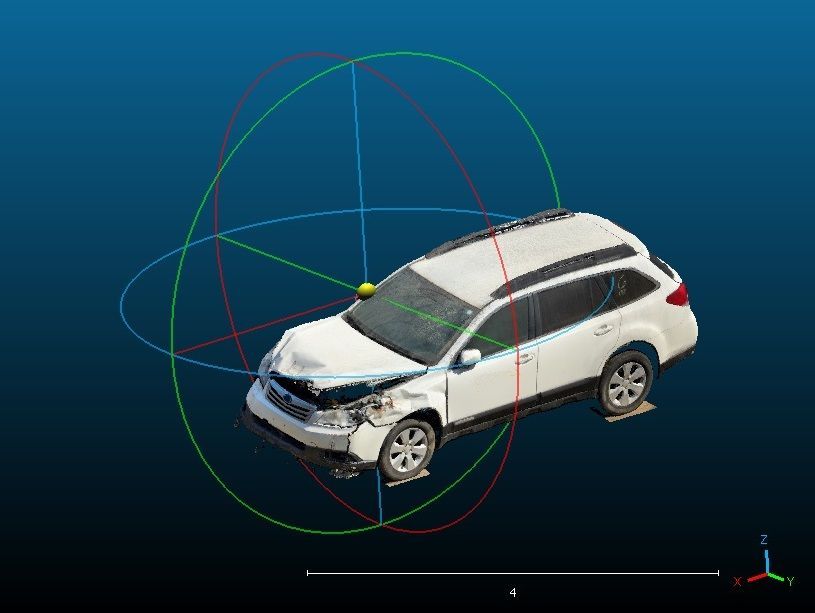
Pedestrian Impacts
A pedestrian impact invariably results in serious injuries to the pedestrian, with questions arising as to the movement of both the vehicle and the pedestrian in the seconds leading up to the collision. Using evidence gathered from the vehicle and the collision scene, we can analyse aspects of the impact such as vehicle speed, pedestrian path, and visibility. Pedestrian walking and running speeds, combined with the geometry of the roadway, can be used to assess whether the driver had any opportunity to avoid the collision.
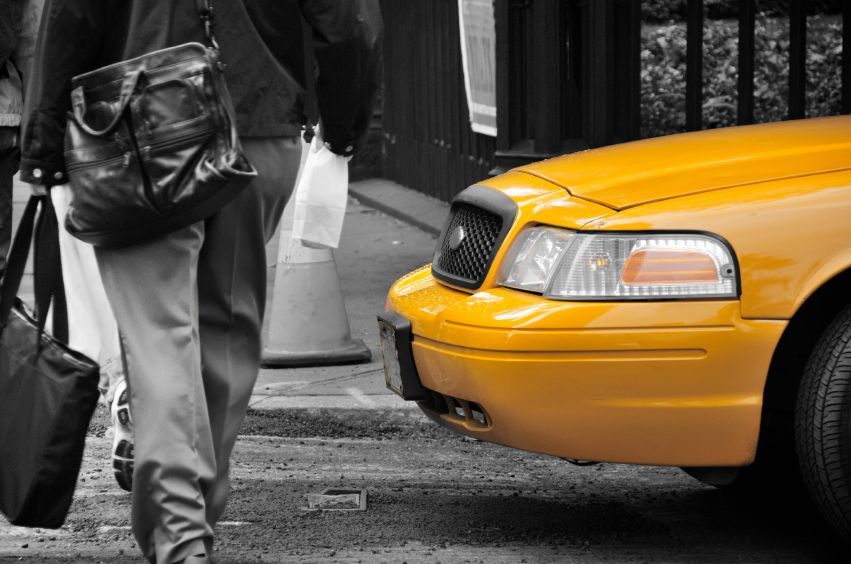
Pedestrian crossing time-distance analysis
Vehicle Impact Speed Assessments
Driver perception-response time and avoidance analysis
Night Visibility Studies
Nighttime collisions often involve pedestrians, cyclists, or obstacles in the roadway, which lead to questions as to the visibility available to the driver. Analysis of the lighting conditions at the scene, visibility conditions at the time, and the amount of contrast between the subject and the background, can answer these questions. Nighttime photography and video analysis can provide demonstrative exhibits which illustrate the extent to which a subject was visible.
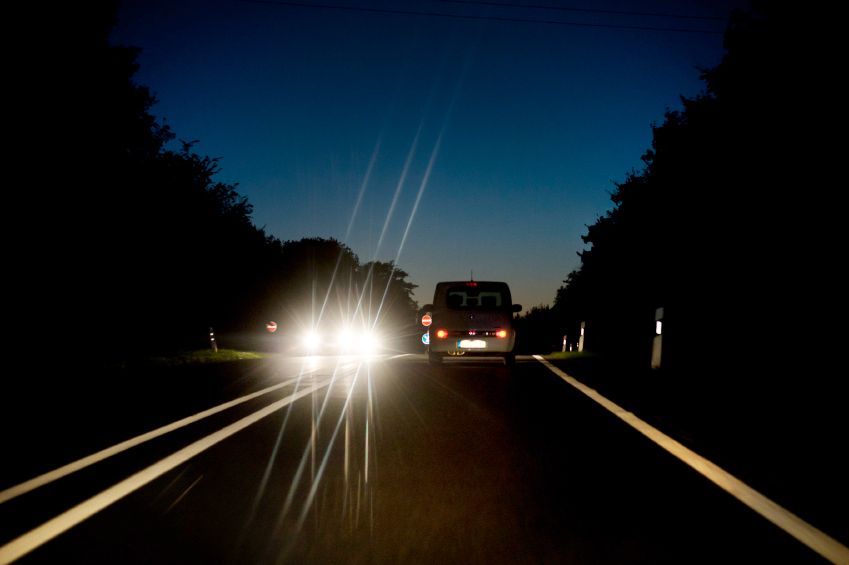
Pedestrian conspicuity
Driver time to impact and avoidance
Ambient lighting measurements
Target contrast and visibility analysis
Motorcycle Crashes
The reconstruction of motorcycle crashes requires special consideration of the factors involved because of the unique handling characteristics of these vehicles, their weight disparity compared to other road vehicles, and the generally higher power to weight ratio. Most motorcycles have independent front and rear brakes, requiring careful assessment of skid marks left on the roadway. In addition, the smaller cross-sectional profile of the motorcycles can make them less conspicuous to drivers as they approach.
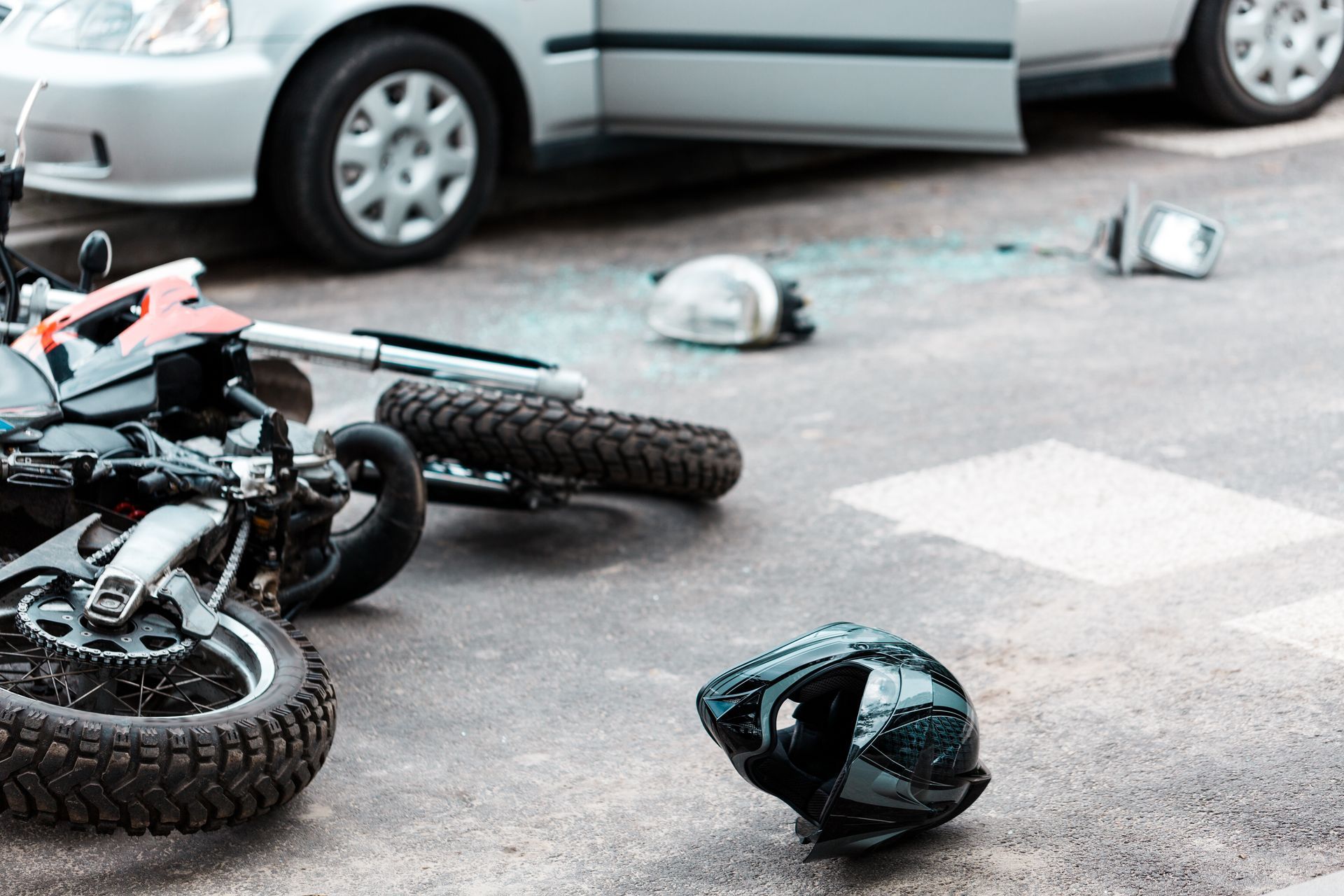
Motorcycle handling and braking analysis
Mechanical fitness inspections
Motorcycle speed assessments
Rider safety equipment analysis
Bicycle Collisions
Analysing a bicycle collision requires special attention to the rules of the road, as they apply to cyclists, and the interaction between other road vehicles and bicycles. Physical evidence such as the damage to the vehicle and the bicycle can be used to assess the likely movement of both leading up to the collision. The mechanical condition of the bicycle, the presence of any lighting or reflective markings, and other safety equipment used by the cyclist can play a part in assessing the liability in a collision, or those factors that contributed to the cause.
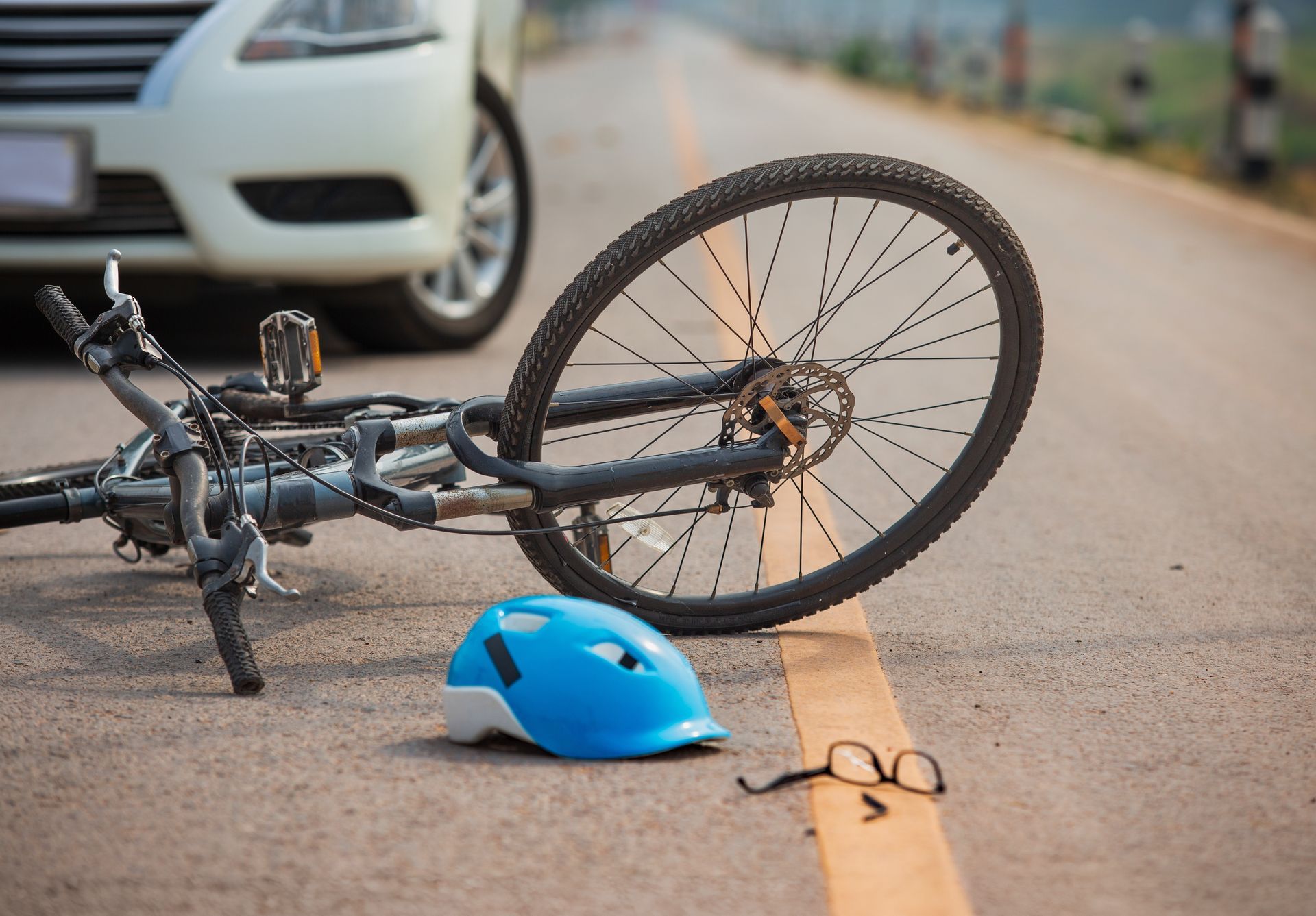
Bicycle trajectory and time-distance analysis
Driver avoidance assessment
Cyclist and vehicle speed assessments
Mechanical Inspections
A collision may be caused by the failure of a critical component within a vehicle, resulting in a loss of control. Analysis of the failed component may be necessary to assess liability when a vehicle defect or component failure is alleged to have caused an accident. Our analysis may include a metallurgical analysis of the failed component, a review of the vehicle recall history, and analysis of witness statements. Vehicle defect investigations may involve a failed suspension component that led to a loss of control, or a faulty electrical component that led to a vehicle fire. A thorough defect investigation may lead to subrogation against a vehicle manufacturer or repair shop.


